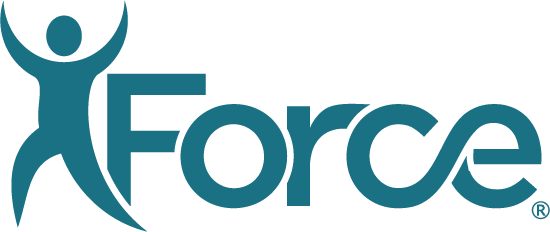At Force, we take pride in the technology we build for our clients. Our Product Team is expert at collaborative discovery of the most complicated challenges in healthcare. After all, solutions are only as great as your understanding of the challenge you’re facing.
Why Navigation
As organizations start taking on more risk as part of a shift to value-based care, we have seen several strategic themes emerge, centered around controlling cost, patient experience in the home, and outcomes. Success with these themes require justifying services and increasing efficiencies. Patients are spending more time than ever outside the well-controlled walls of the hospital, but there is not efficient infrastructure for controlling the home, where patients spend 90% of their episode of care. Maximizing the reimbursement also requires collecting and demonstrating quality patient-reported outcomes.
The most effective way to operationalize these goals is to:
- reduce variation across the system
- create value by strategically allocating services / resources
- prevent leakage outside of the system
The Challenge
Understanding the importance of navigators in our evolving landscape was the first step. After years of working with some of the most distinguished medical centers, we understood that it’s crucial for providers to implement a comprehensive care continuum. However, we knew very little about the role navigators play in creating that care continuum on a day-to-day basis. So, we conducted discovery interviews and onsite shadowing, with the people who understand this problem best — nurses and navigators — to help us answer two questions:
- What are indicators of true “patient navigation” (either as a dedicated navigator or shared responsibilities amongst care team members)?
- What are the most common challenges regarding navigation?
It quickly became clear that navigation still largely relied on stacks of paper, folders, post-it notes and spreadsheets. After synthesizing our findings, we found that navigation can be defined as:
- identifying and optimizing high-risk patients
- conducting proactive outreach and relationship building
- managing peri-op expectations and discharge planning
The Solution
Almost everyone we spoke with was tasked with overseeing thousands of patients, with extremely limited resources. Their challenges and frustrations became apparent, most consistently regarding the care team’s ability to:
- standardize touchpoints
- set reminders to follow-up
- plan for discharge
- build lasting relationships with patients
Having identified these key pain points in the existing navigator experience, our next step was to brainstorm potential solutions that would comprise the bulk of the Smart Task feature. Some issues arose more often than others, helping guide our team according to the navigators’ core needs.
For example, navigators consistently identified standardizing patient touch points as a central part of their workflow, but it was not always clear who they needed to contact, or when and how to contact them. To complicate matters even further, high-risk patients typically require additional check-ins or follow-ups that differ from the standard pathway.
Spreadsheets, post-its, highlighters, and paper checklists aren’t the answer, which is why we set out to design a streamlined, intuitive tool to help navigators manage patients across the episode.
The Design
Our next step was to begin translating these feature proposals into digital designs that strategically balanced ease of use and visual appeal. Before launching Smart Tasks, we conducted several rounds of user testing to ensure our solution and design actually met the core needs of the end-users.
For these tests, we recruited a handful of navigators who graciously volunteered their time to try out our prototypes. As each navigator interacted with the prototype, we took note of where the designs succeeded, where the tester struggled, and what noteworthy patterns emerged. By the end of each round of testing, we were able to identify and prioritize the design tweaks that needed to be made before putting in the hands of our users, to ensure that our final product would set navigators up for success.
The Future
The introduction of Smart Tasks is only the beginning. As we learn from the experience with each patient and provider we serve, our team becomes increasingly aware of workflow challenges and causes of outcome variation. Although we can’t give too much away, our next series of iterations will be incorporating data from over 100,000 patients to further augment navigator tasks with predictive analytics, so you as a provider will know exactly where your efforts will yield the greatest impact on patient care.



